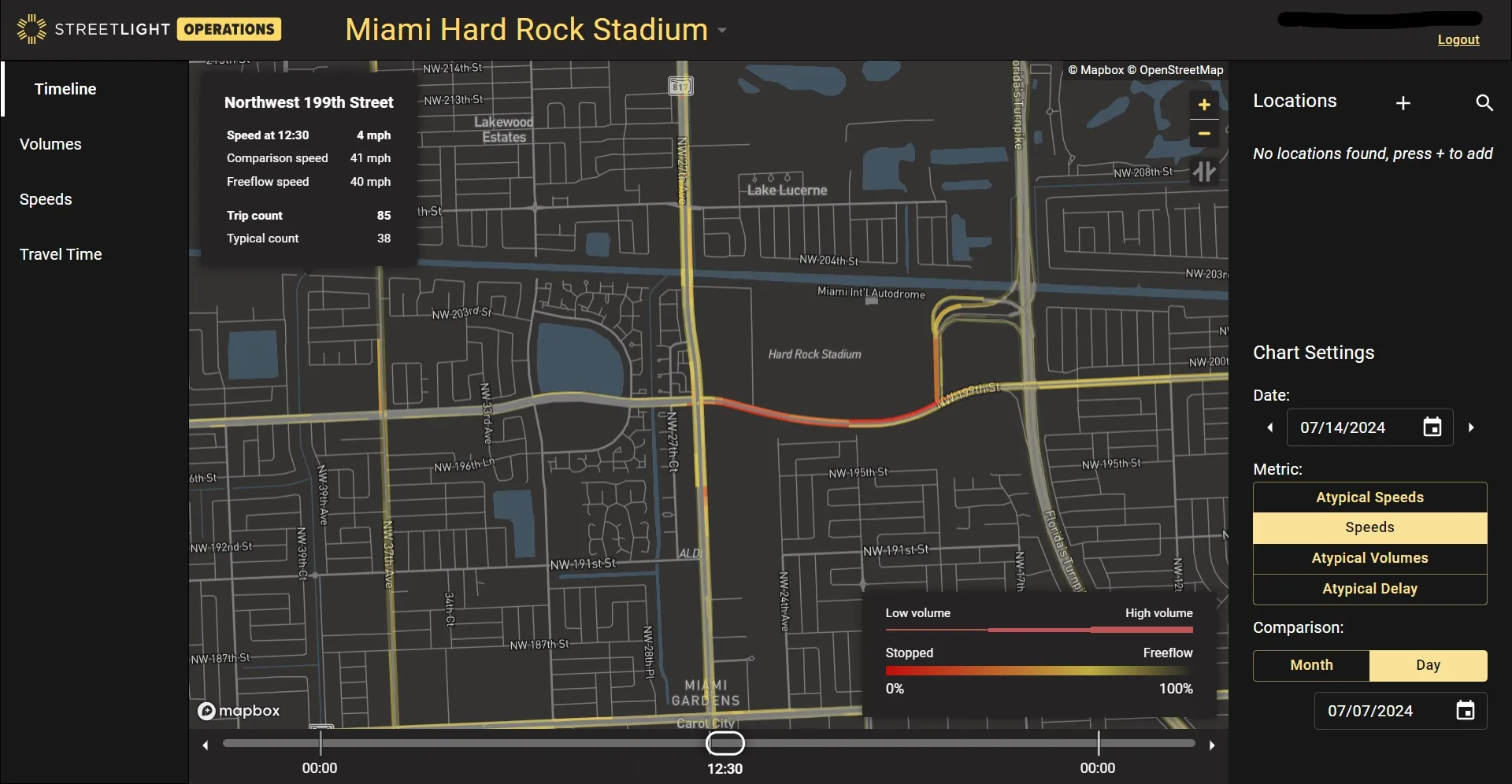PT Marga Utama Nusantara, a toll road management company in Indonesia is using Fujitsu’s SPATIOWL traffic information service, a cloud service that utilises location information, to collect probe data such as vehicle location, time and speed, and generates and accumulates traffic information, such as congestion conditions and their duration.
Indonesia’s increase in traffic due to population growth and rapid economic development has intensified the problems of traffic congestion and frequent traffic accid
November 27, 2014
Read time: 2 mins
PT Marga Utama Nusantara, a toll road management company in Indonesia is using 5163 Fujitsu’s SPATIOWL traffic information service, a cloud service that utilises location information, to collect probe data such as vehicle location, time and speed, and generates and accumulates traffic information, such as congestion conditions and their duration.
Indonesia’s increase in traffic due to population growth and rapid economic development has intensified the problems of traffic congestion and frequent traffic accidents in metropolitan areas. PT. Marga Utama Nusantara, one of the toll road management companies in the country, is based in Makassar, one of the most densely populated cities in Indonesia, and measures to deal with traffic congestion on local roads have always been an issue.
The SPATIOWL solution can be inexpensively installed on a smartphone and, by accessing the application from a browser at the toll road control centre, PT Marga Utama Nusantara can obtain information for use in advising drivers on congestion, accidents and incidents. Future plans including expanding the system’s functionality, such as providing limited-time discounts based on an analysis of traffic volumes and providing new services that link SPATIOWL with digital signs on highways.
PT Marga Utama Nusantara also plans to link SPATIOWL to surveillance cameras currently used to monitor congestion conditions at toll booths, which will enable images from the surveillance cameras and traffic information from SPATIOWL to be monitored by switching screens on a PC, increasing the operational efficiency of the toll road control centre.
Indonesia’s increase in traffic due to population growth and rapid economic development has intensified the problems of traffic congestion and frequent traffic accidents in metropolitan areas. PT. Marga Utama Nusantara, one of the toll road management companies in the country, is based in Makassar, one of the most densely populated cities in Indonesia, and measures to deal with traffic congestion on local roads have always been an issue.
The SPATIOWL solution can be inexpensively installed on a smartphone and, by accessing the application from a browser at the toll road control centre, PT Marga Utama Nusantara can obtain information for use in advising drivers on congestion, accidents and incidents. Future plans including expanding the system’s functionality, such as providing limited-time discounts based on an analysis of traffic volumes and providing new services that link SPATIOWL with digital signs on highways.
PT Marga Utama Nusantara also plans to link SPATIOWL to surveillance cameras currently used to monitor congestion conditions at toll booths, which will enable images from the surveillance cameras and traffic information from SPATIOWL to be monitored by switching screens on a PC, increasing the operational efficiency of the toll road control centre.









